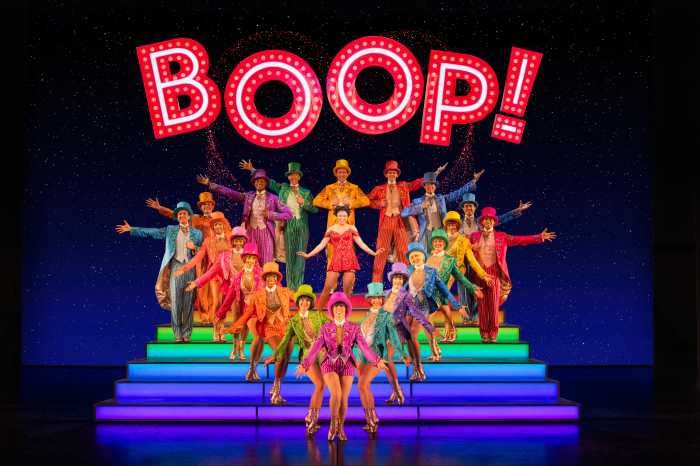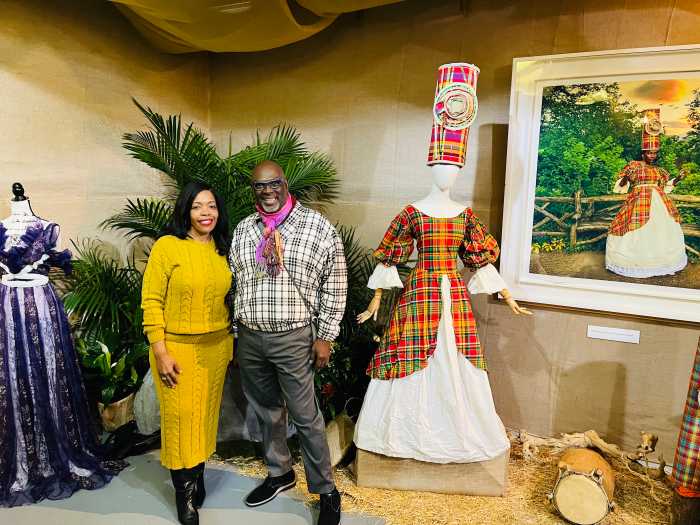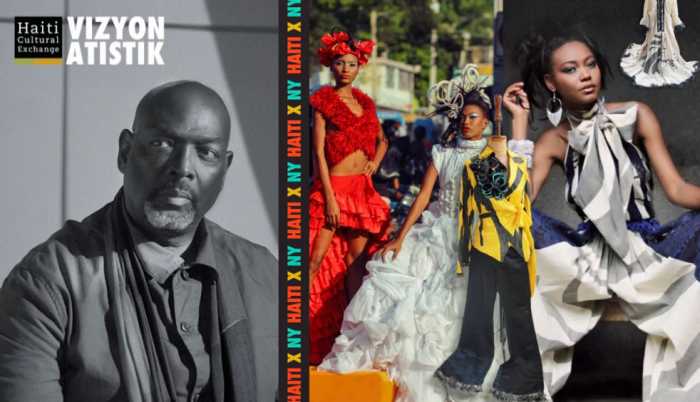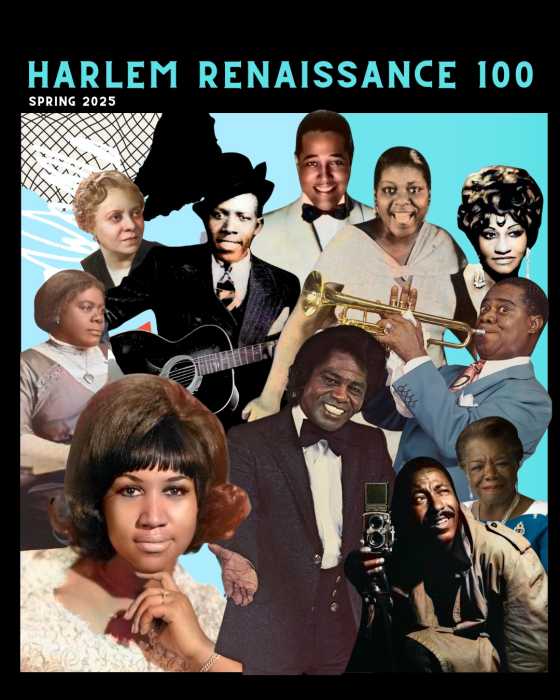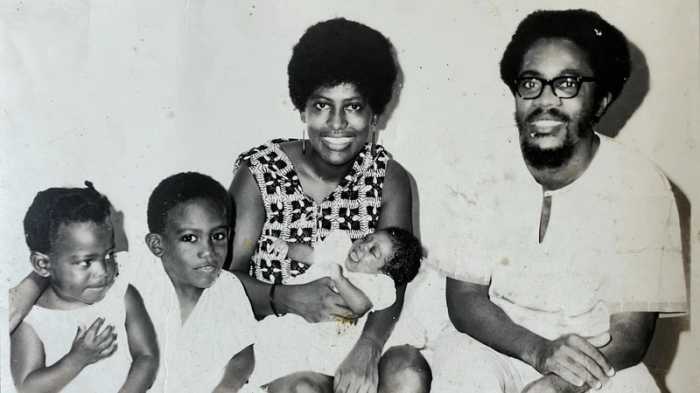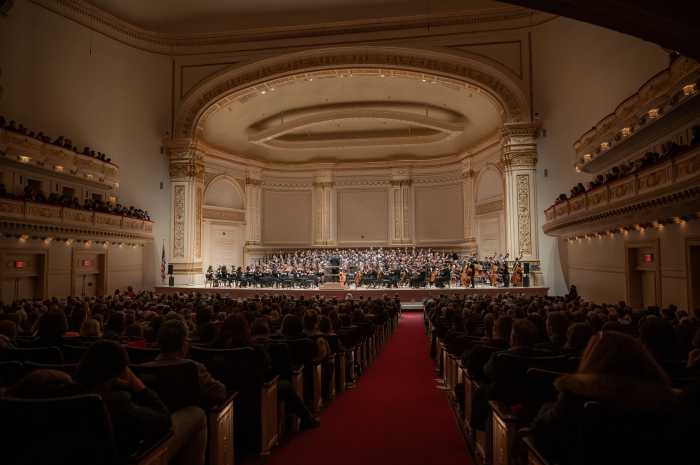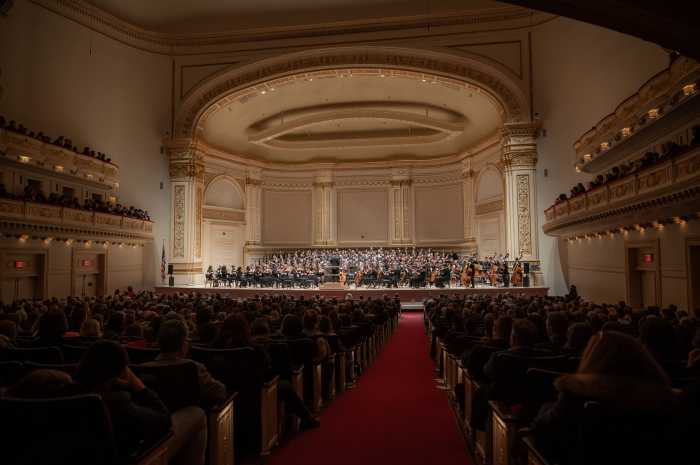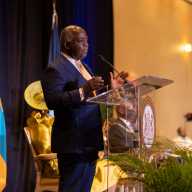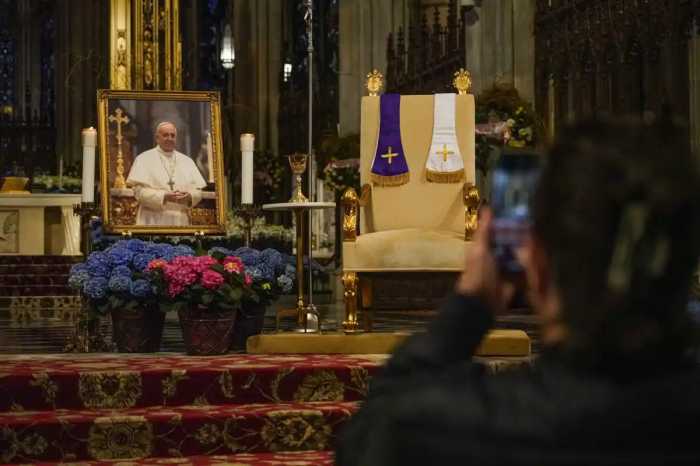A cavernous barn in the Hudson River Valley two hours from New York is the workshop for Haitian artist Didier Civil, the “artist in residence” bringing Haiti to New York and the Halloween parade.
In the Haitian vodou tradition, the departed ancestors are honored on Nov. 1, on Fete Gede, when especially the vodou god Baron Samedi appears. He is traditionally dressed in a black coat with a bowler hat, and eyeglasses with one lens; his wife, Gran Brigitte, has authority over the cemeteries.
Believers converge at the cemetery, with flowers, food, rum with chili peppers and light candles in commemoration and respect. This coincides by date and is not a far departure in observance from the Mexican tradition, ‘Day of the Dead’, that also celebrates the departed. Nov. 2 in Haiti is the day devoted to the Catholic saints; Vodou and Catholicism co-exist.
The days of commemoration this year in Haiti are particularly poignant. So many people perished; so many people to remember.
When Jeanne Fleming, the long-time producer of the New York Halloween Parade, found out that following the earthquake, Haiti’s Carnival was cancelled, she immediately wanted to involve and include Haiti in the Halloween Parade. “The Halloween parade is all-America’s version of carnival,” she says. “We were reaching out to another carnival culture.”
She researched artists and found Didier Civil, master mask maker from Jacmel–the heart of Haiti’s Carnival, to artistically head the presence of Haitian traditions. As a boy in Jacmel, known for its incredible carnival costumes and masks, Didier watched and developed his craft from the expert Lyonel Simonis. For years, he’s been making masks for groups of carnival marchers. (Some currently on display at the ‘Saving Grace’ exhibition at Affirmation Arts gallery in Manhattan.)
It wasn’t until mid-summer when the visa came through allowing Didier into the United States. Since late September, Didier has been creating the figures that will lead the parade, sculpting from clay the three-foot heads of Baron and Brigitte for puppets that will tower 16 feet and the smaller zombie masks. After the clay has dried, he applies the paste-soaked strips from brown bags. In Haiti, papier-mache is made from reused cement bags.
On working on the theme of the Haitian gods of the cemetery Didier says, “I’m not a vodou practitioner, but I’m Haitian.” He understands vodou; he understands the symbols and the signs. When musicologist Lois Wilckens saw Didier’s fabrications she said, “It’s so nice to see a Baron and Brigitte that actually look Haitian.”
There will also be a massive papier-mache alcohol bottle-the sacrament for a ceremony and a chili pepper–Brigitte and Baron like hot stuff. Also, a large sun and moon, coffins, graves, and a tomb, covered with (papier mache) flowers, as is the Gede tradition.
Midweek, a group of teenage girls from a nearby high school started applying the paste soaked strips to the cardboard fabrication of a tomb and grave that will be carried by the zombies. On weekends, scores of volunteers help in the work.
“I’ve learned from these people and they learned from me,” says Didier of his time experiencing the changing leaves and varying temperatures in a northeast autumn, a far cry from the balmy Caribbean. “He works really well with children,” says Fleming.
The parade’s overall theme ‘Memento Mori,’ Latin for ‘Remember you will die’ and its dedication to Haiti are remarkably resonant. Fleming explains, “Life is so precious. It’s picking up and dancing and going on in the face of death and tragedy. ” She appreciates the parade’s ability to commemorate, revitalize, and transform the spirit.
The Haitian contingent will lead off the 60,000 revelers for this country’s largest Halloween parade. They will be accompanied by Haitian rara band Djarara; the rhythms of their one-toned horns are distinctive sounds that have been in the parade for years. Every year, master drummer and vodou priest Bonga creates a veve, a design for Gede at the start.
For Fleming, the connection with Haiti “grounds the event in a true way.” She says, “We will fully feel the spirit that night.”
Anyone in costume is invited to attend. People start gathering south of Spring St. and 6th Ave., at 5:30 p.m., in Manhattan. The Parade begins at 7:00 p.m., Oct. 31.


